The Future of Queer Television
May 8, 2022
We need more shows like “Heartstopper” and “Young Royals” to transform the representation and depiction of the queer community.
Since it’s on Netflix, “Heartstopper” has been an instant obsession for me. Based on the webcomics of the same name, “Heartstopper” follows Nick (Kit Connor) and Charlie (Joe Locke) as they fall in love. Obviously, it is a bit more layered than just that, but that is the basic plotline of the story. While binging the first season of the series, I came to realize that there was a quality about “Heartstopper” that made it an absolute pleasure to watch: its simplicity. That’s not to say the show is boring. In fact, I’d say it’s the opposite; it forces audiences to the edge of their seats. Yet, it is simple. It’s a love story at its core. It’s easy — easy to watch and easy to love. It is a casual depiction of teenagers in high school. Audiences of all ages can relate to the nail-biting anxiety of an overwhelming crush. However, this series is uniquely special for queer audiences. We get to watch from a first-hand perspective and witness the affection that emanates through the screen. These are the type of queer stories that we need more of.
One of the reasons I think “Heartstopper” is a wonderful model for shows we should be making is because it’s unapologetically queer. It is full of moments where queer people merely exist. One of the main characters is out to his community. The other main character comes out with no horrific repercussions and his journey isn’t traumatic. We also see other out characters throughout the show. Additionally, there are different facets of LGBTQ representation. Most shows have this false notion that if one character is gay then that is the limit; the community can be represented, or one character fulfills the queer representation quota. This is not the case for “Heartstopper,” as it is full of LGBTQ characters all under the rainbow. Charlie is gay. Nick is bisexual. Tara (Corinna Brown) and Darcy (Kizzy Edgdell) are lesbians. And it doesn’t stop there, Elle (Yasmine Finney) is a transgender character played by a transgender actress. Continually, the main cast isn’t completely white. Tara and Elle are both Black while Tao, Charlie’s best friend, is Asian. The intersectionality throughout the show is a major positive point and something to celebrate. Additionally, the acting in “Heartstopper” is fantastic. Connor delivers a performance that is heartbreaking, both as he works through his feelings for Charlie and as he comes out to his mom (Olivia Coleman). Charlie’s turmoil at being outed and finding his place in the world is brilliantly displayed by Locke. The cast’s chemistry as a group of friends and as couples is incredible. It also helps bring this realism to the story that contributes to the atmosphere the show provides. The ingenuity of this show is two-pronged: those within the queer community can empathize with and connect to the characters on the screen, but those on the outside gain a window into the queer community. It’s an opportunity for sympathy and compassion. The way the actors depict these critical queer experiences helps audiences comprehend how difficult this can be. Audiences can both understand and relate to Nick working through his sexuality, Charlie’s uncertainty of his place in the world, and to the classic teenage excitement over liking someone.
So, not only is “Heartstopper” just a lovely show filled with representation in general, but it is also incredibly important as a series in its own regard. This is a show on a major streaming service about the LGBTQ community. It’s written and worked on by people within the community. It’s acted by people who can relate (and these actors aren’t 30 years old). It’s a heartfelt love letter to the queer community. I think it’s obvious how important this show is. For me, it created this epic feeling of warmth and acceptance. Watching Nick do all this research about his sexuality and eventually come to terms with who he was felt so satisfying. Almost every single character had a trait that I could relate to, whether it was an all-around teenage experience or one that felt just like my own. It felt real, like all these moments that my friends and I have experienced. It is incredibly validating. There are people all over the world being touched and moved by something that is wholeheartedly for them.
Another example of a show that reminds me of “Heartstopper” is “Young Royals.” “Young Royals” was released in 2021 and was another show I binged. It’s also on Netflix, but is in Swedish. Just like “Heartstopper,” this show is a love story. It follows Prince Wilhelm (Edvin Ryding) and Simon (Omar Rudberg) after the former arrives at the boarding school Simon attends. While “Young Royals” is slightly less realistic, it still perfectly captures the comforting feeling of falling in love. there is an air of authenticity as we watch the little moments of adoration between the couple. These tender snapshots feel lifelike. This authenticity is mirrored in the rest of the show. The cast looks like real teenagers, who have exposed acne and aren’t stick thin. Just like “Heartstopper,” “Young Royals” has a diverse cast with Hispanic actors like Omar Rudberg and Frida Argento (who plays Sara), and Black actresses like Nikita Uggla (who plays Felice). Additionally, Sara has Asperger’s Syndrome just like Argento does in real life, which is once again an example of positive representation. The journey of this story is just so gratifying because it mirrors the real world. It is touching to feel understood and seen by a piece of television, to find that bond in a different format. There are certain scenes that perfectly encapsulate what the characters are feeling, wrapping audiences in a blissful ambiance. Both shows do a wonderful job with cinematography and lighting, which contributes to how successful they are at portraying these stories.
It feels hard for me to verbalize why I think this is so important, but I do want to try. Living in a world where being queer is still not fully accepted is hard. There is always a fear that someone will react in a harmful way or will think differently of you, but shows like “Heartstopper” and “Young Royals” normalize what should be normal. It’s a casual representation. Viewers don’t have to struggle through a show they aren’t interested in for five minutes of representation. There aren’t any painful tropes or unfair conclusions. There are a myriad of harmful, frustrating, and stereotypical tropes that have been circulated in the past. One of these is the Gay Best Friend, or “GBF,” trope, an exaggerated and over-the-top version of a gay man. This is depicted in shows like “Glee” in Kurt Hummel and movies like “Mean Girls” in Damien. Further, there is the “Bury Your Gays” trope, where an LGBTQ relationship often ends in the death of one or both of the characters, examples of this would be in “Brokeback Mountain” and “The 100.” Continually, one of the worst trends of LGBTQ representation is fetishizing lesbian and gay relationships. This one has a ricocheting after effect for those within the community, due to the stereotypes it perpetuates. These tropes illustrate a warped version of the LGBTQ community, painting the picture that lesbian and gay relationships only exist to provide an idealistic object to serve those who find it appealing. It affects outward and inward perceptions of the queer community, as these relationships are objectified to a vast degree. None of these are the case in “Heartstopper” or “Young Royals.” Instead, the characters are multi-dimensional. They have hearts and souls. Viewers can understand and feel acknowledged by these characters. “Heartstopper” and “Young Royals” both depict simple, lovely, queer joy. I think it is something incredibly special to see.
As someone who did grapple with my sexuality growing up, I can’t explain the type of happiness it brings me to see these types of shows on my screen. The fact that kids will have these shows to look up to and use to help them understand themselves is groundbreaking. These are the types of stories young LGBTQ kids deserve to see. It’s normal to be young and gay. It’s normal to question your sexuality. It’s realistic. It’s simple. It’s unapologetic. All of these things mean the world to this community. There is something indescribably happy about watching two boys fall in love. It’s the ability to offer a blessing, comprehension, and appreciation for everyone in the LGBTQ community. It is the same type of love story we see in fairytales but applied to everyone. The kids who get to grow up with series like these are so lucky. With these types of shows, the only way I can describe the way they make me feel is giddy. I can’t help but smile. I can only hope that the trend continues. I want to see more heartwarming, intersectional, and queer stories just like “Heartstopper.”
Image courtesy of Teaching LGBTQ History.


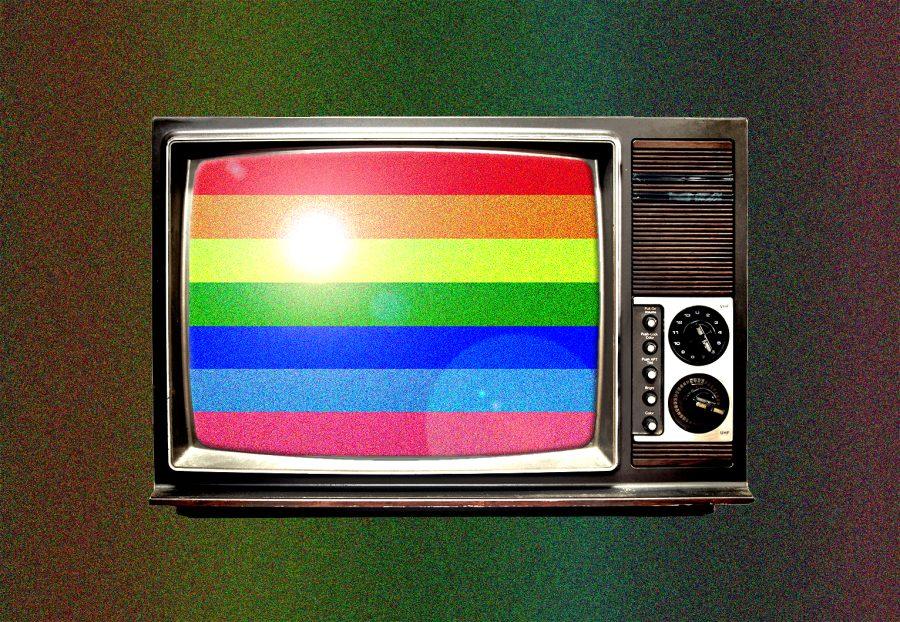
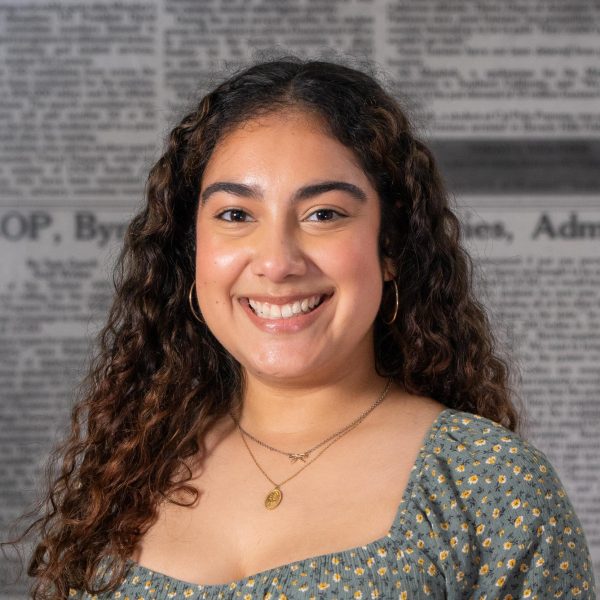



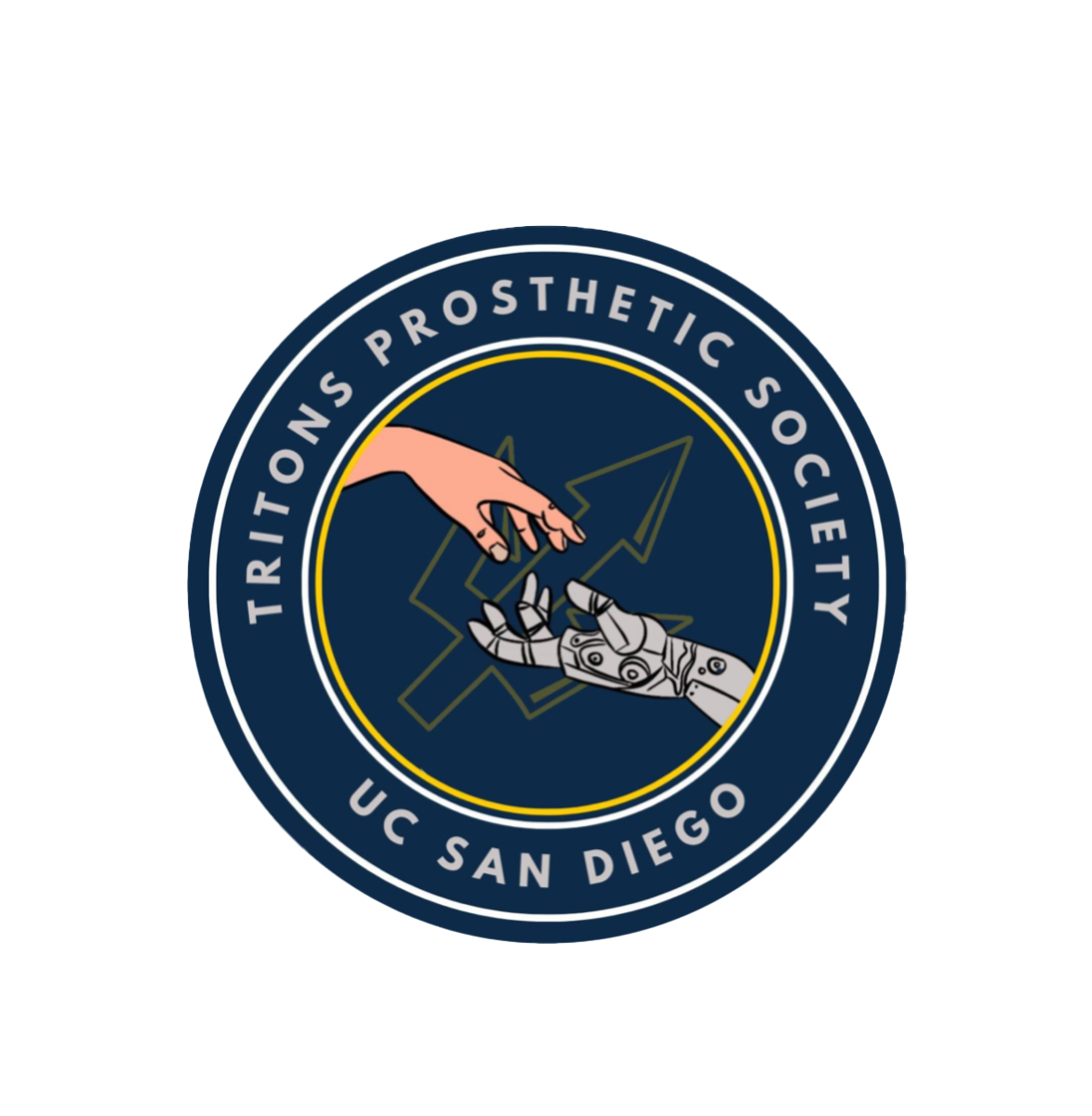
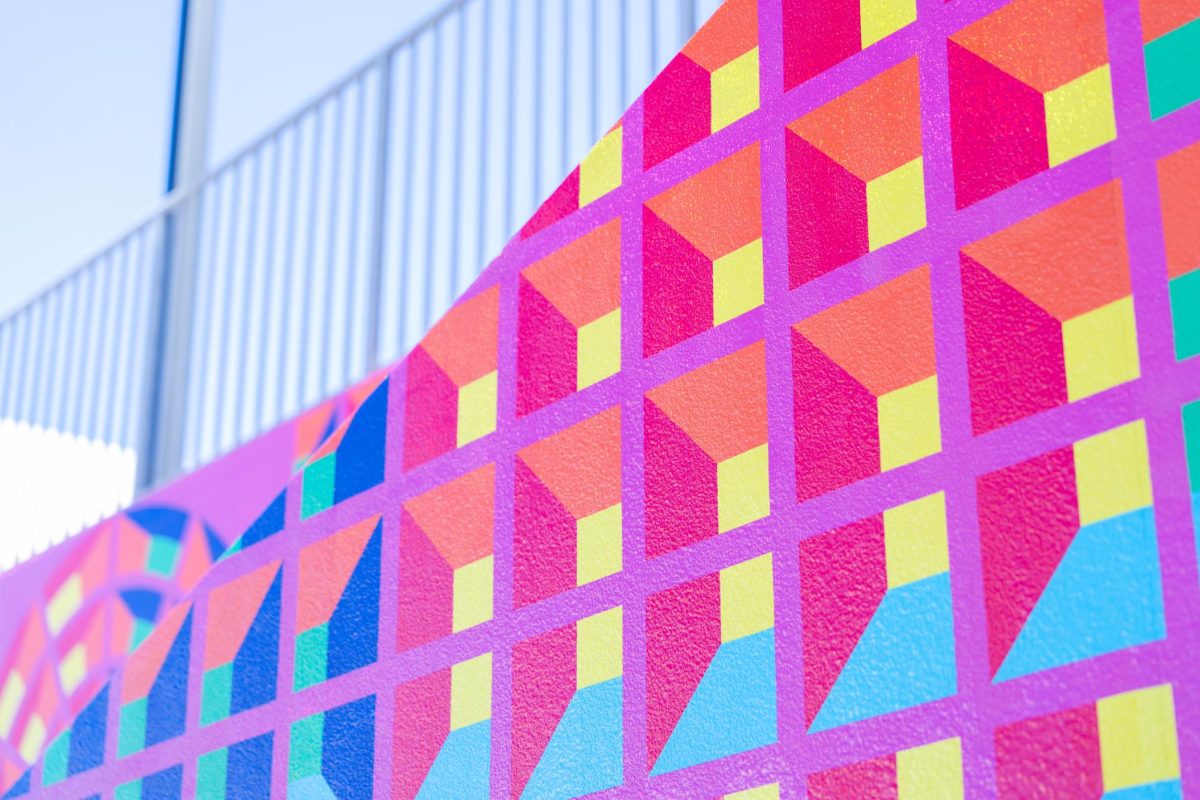



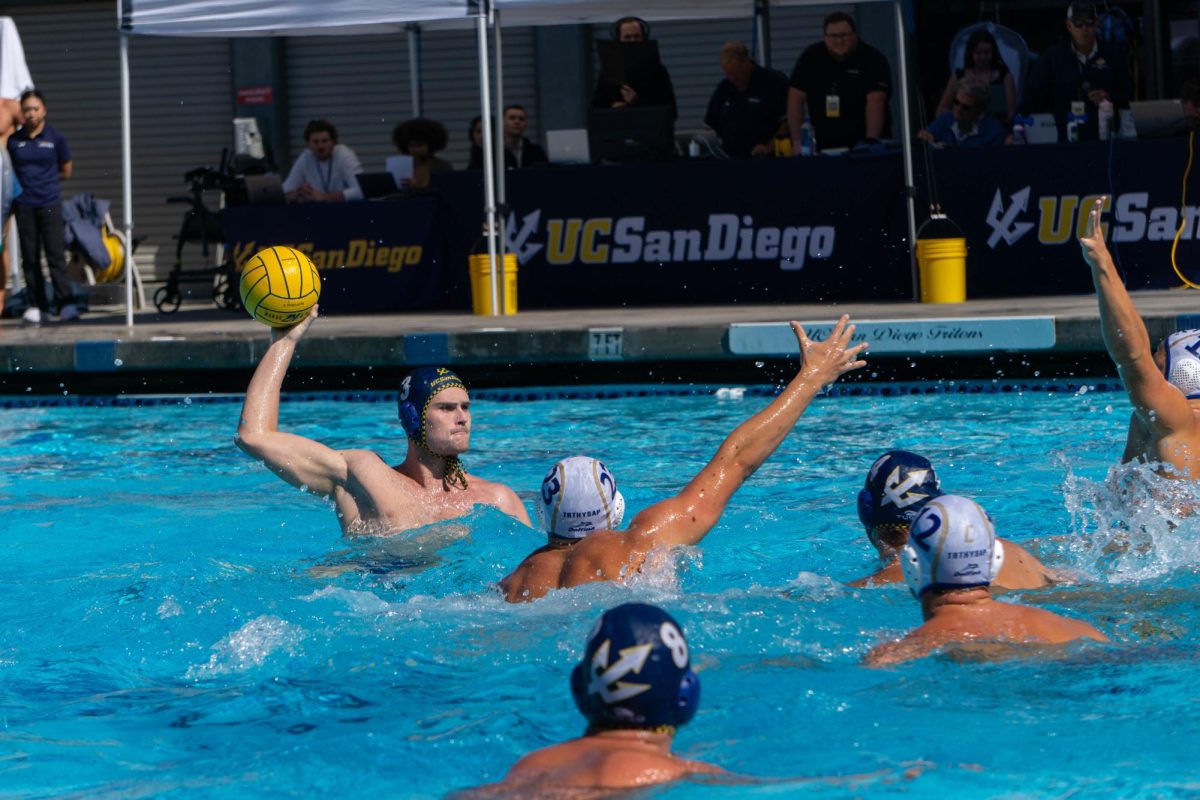
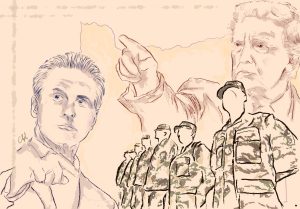
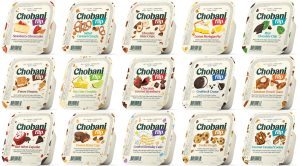
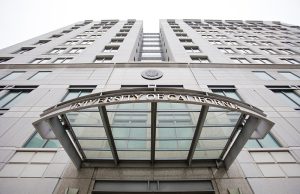
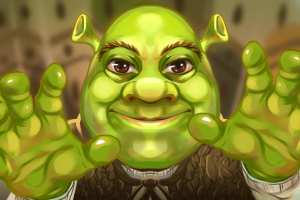

Luna Luna • Jul 22, 2022 at 5:24 am
Thanks for the post! Indeed, sometimes you just need to turn on the TV and get stuck for a while to reboot. Especially when there is no time for a proper rest, watching a good show or movie will help you relax.
Linda • May 21, 2022 at 9:51 pm
This is a great example of writing a good quality blog. This chathub will be available for the people who love play online chat platforms.